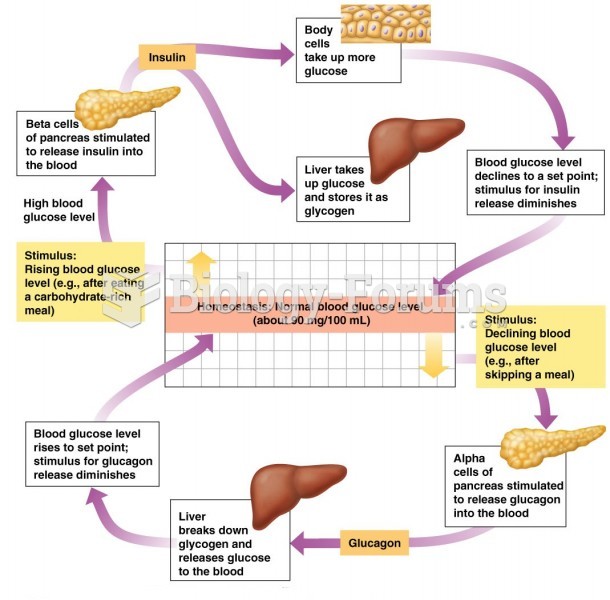|
|
|
Did you know?
Although not all of the following muscle groups are commonly used, intramuscular injections may be given into the abdominals, biceps, calves, deltoids, gluteals, laterals, pectorals, quadriceps, trapezoids, and triceps.
Did you know?
Blood is approximately twice as thick as water because of the cells and other components found in it.
Did you know?
There are more bacteria in your mouth than there are people in the world.
Did you know?
One way to reduce acid reflux is to lose two or three pounds. Most people lose weight in the belly area first when they increase exercise, meaning that heartburn can be reduced quickly by this method.
Did you know?
Increased intake of vitamin D has been shown to reduce fractures up to 25% in older people.







